
Description
Pre-WWII U.S. Military Doctrine & Operations Manuals
- 1920:
- Joint Army and Navy Action in Coast Defense (1920) is published, outlining the collaborative principles for Army and Navy roles in coastal defense, including specific Navy actions, Army defense systems, and planning procedures.
- 1922:
- Technique of Army training (1922) is issued, providing guidance on general army training methods.
- 1923:
- Field Service Regulations, United States Army, 1923 is released, covering foundational military topics such as tactical and territorial organization, command structures, field and administrative orders, combined arms operations (Infantry, Artillery, Cavalry, Signal Corps), information management, reconnaissance, shelter, sanitation, fire superiority, special operations, medical service, military police, censorship, and postal service.
- 1931:
- Field Artillery, Field Manual, Vol. I (Organization and Drill) (1931) is published, focusing on the organization and drill procedures for field artillery units.
- 1932:
- Basic Field Manual Volume III Basic Weapons Part Five Combat Practice Firings (1932) is issued, detailing combat practice firings for basic weapons.
- Engineer Field Manual Volume I Engineer Troops (1932) is released, covering engineer troop operations.
- Engineer Field Manual Volume II Military Engineering (Tentative) Part One (1932), Part Two Defensive Measures (1932), and Part Three Construction (1932) are published, providing initial guidelines for various aspects of military engineering, including defensive measures and construction.
- Staff Officers’ Field Manual Part One Staff Data (1932) is issued, containing data relevant to staff operations.
- Tentative Infantry Drill Regulations (1932) is released, outlining preliminary infantry drill procedures.
- 1939:
- FM 6-5 Field Artillery Field Manual (1939) is released, providing condensed principles for Field Artillery training and employment.
- FM 6-40 Field Artillery Manual Firing (1939) is published, detailing firing procedures for field artillery.
- FM 6-50 Field Artillery Field Manual Service of the Piece 75-mm Gun, M1897 and M1897A4, Horse-Drawn and Truck-Drawn (1939), FM 6-55 Field Artillery Field Manual Service of the Piece 75-mm Gun, M2, Horse-Drawn and Truck-Drawn (1939), FM 6-65 Field Artillery Field Manual Service of the Piece – 75-MM Gun, M1917A1, Truck-Drawn (1939), and FM 6-70 Field Artillery Field Manual Service of the Piece – 75mm Howitzer, Horse and Truck-drawn (1939) are all issued, providing detailed instructions for servicing various 75-mm artillery pieces.
- FM 22-5 Basic Field Manual Infantry Drill (1939) is published, focusing on infantry drill procedures.
- FM 24-5 Basic Field Manual: Signal Communication (1939) is released, detailing signal communication.
- FM 100-5 Tentative Field Service Regulations Operations (1939) is issued, laying out principles for troop leadership and combined arms combat in maneuver warfare, serving as a basis for instruction for all arms and services.
- 1940:
- FM 1-10 Air Corps Field Manual Tactics and Technique of Air Attack (1940) is published, outlining technical and tactical doctrines for air attack by the Army Air Corps, emphasizing adherence to the Rules of Land Warfare and international agreements.
- FM 1-30 Air Corps Field Manual Air Navigation (1940) is released, providing a general treatise on air navigation methods, techniques, instruments, and equipment.
- FM 4-5 Coast Artillery Field Manual: Seacoast Artillery Organization and Tactics (1940), FM 4-10 Coast Artillery Field Manual: Seacoast Artillery Gunnery (1940), FM 4-15 Coast Artillery Field Manual: Seacoast Artillery Fire Control and Position Finding (1940), FM 4-20 Coast Artillery Field Manual; Seacoast Artillery Formations, Inspections, Service and Care of Material (1940), FM 4-25 Coast Artillery Field Manual Seacoast Artillery, Service of the Piece, 155-mm Gun (1940), FM 4-35 Coast Artillery Field Manual: Seacoast Artillery, Service of the Piece; 14-inch Gun, M1920MII on Railway Mount, M1920 (1940), FM 4-40 Coast Artillery Field Manual: Seacoast Artillery, Service of the Piece, 12-inch Mortar, Railway Artillery (1940), FM 4-45 Coast Artillery Field Manual: Seacoast Artillery Service of the Piece 12-Inch Gun, Railway Mount, M1918 Railway Artillery (1940), FM 4-50 Coast Artillery Field Manual: Seacoast Artillery Service of the Piece 8-Inch Gun, Railway Artillery (1940), FM 4-55 Coast Artillery Field Manuals: Seacoast Artillery Service of the Piece 12-Inch Mortar (Fixed Armament) (1940), FM 4-60 Coast Artillery Field Manual: Seacoast Artillery Service of the Piece 12-inch Gun (Barbette Carriage) (1940), FM 4-65 Coast Artillery Field Manual: Seacoast Artillery Service of the Piece 10-inch Gun (Disappearing Carriage) (1940), FM 4-75 Coast Artillery Field Manual: Seacoast Artillery – Service of the Piece – 6-inch Gun on Barbette Carriage (1940), FM 4-80 Coast Artillery Field Manual: Seacoast Artillery – Service of the Piece – 12- and 14-inch Guns (Disappearing Carriage) (1940), FM 4-90 Coast Artillery Field Manual Seacoast Artillery – Service of the Piece – 3-inch Rapid-Fire Gun (Barbette Carriage) (1940), FM 4-110 Coast Artillery Field Manual: Antiaircraft Artillery Gunnery, Fire Control, and Position Finding, Antiaircraft Guns (1940), FM 4-125 Coast Artillery Field Manual: Antiaircraft Artillery Service of the Piece, 3-inch Antiaircraft Gun (1940), and FM 4-130 Coast Artillery Field Manual: Antiaircraft Artillery Service of the Piece, 105-mm Antiaircraft Gun (1940) are all extensively published, providing comprehensive guidelines for various aspects of seacoast artillery, including organization, tactics, gunnery, fire control, maintenance, and detailed service instructions for numerous gun types (from 155-mm to 3-inch rapid-fire, and various anti-aircraft guns).
- FM 5-10 Engineer Field Manual Communications, Construction, and Utilities (1940), FM 5-15 Engineer Field Manual, Field Fortifications (1940), and FM 5-20 Engineer Field Manual: Camouflage (1940) are released, covering engineer duties related to communications, construction, utilities, field fortifications, and camouflage.
- FM 6-20 Field Artillery Field Manual: Tactics and Techniques (1940) is published, focusing on field artillery tactics and techniques.
- FM 7-5 Infantry Field Manual, Organization and Tactics of Infantry – The Rifle Battalion (1940) is issued, detailing the organization and tactics of infantry rifle battalions.
- FM 8-40 Medical Field Manual: Field Sanitation (1940) is released, covering field sanitation topics like disease prevention (respiratory, intestinal, insect-borne, venereal), water supply, waste disposal, mess inspection, and pest control.
- FM 8-45 Medical Field Manual: Records of Morbidity and Mortality (Sick and Wounded) (1940) is published, providing guidance on recording sick and wounded personnel.
- FM 8-50 Medical Field Manual: Splints, Appliances, and Bandages (1940) is issued, covering the use of medical splints, appliances, and bandages.
- FM 12-105 Adjutant General’s Field Manual: The Army Postal Service (1940) is released, detailing the operations of the Army Postal Service.
- FM 21-6 Basic Field Manual List of Training Publications (1940) and FM 21-6 List of Publications for Training (1940) are published, providing lists of training publications.
- FM 21-10 Basic Field Manual: Military Sanitation and First Aid (1940) is issued, covering military sanitation and first aid.
- FM 23-5 Basic Field Manual: U.S. Rifle, Caliber .30, M1 (1940) is released, providing detailed training for riflemen using the M1 Garand, including marksmanship, extended order, drill, combat signals, scouting, patrolling, and rifle maintenance.
- FM 23-15 Basic Field Manual: Browning Automatic Rifle, Caliber .30, M1918A2 with Bipod (1940) is published, providing comprehensive training for soldiers using the Browning Automatic Rifle (BAR), including maintenance, marksmanship, and techniques for firing at various targets.
- FM 26-5 Basic Field Manual: Interior Guard Duty (1940) is issued, outlining procedures for interior guard duty.
- FM 27-5 Basic Field Manual: Military Government (1940) is released, covering the policy, administration, and legality of military government over occupied enemy territory or recovered domestic territory.
- FM 27-10 Basic Field Manual: Rules of Land Warfare (1940) is published, instructing on the rules of warfare as set by international treaties, covering topics like belligerent qualifications, hostilities, prisoners of war, espionage, communication, military occupation, and neutrality.
- FM 30-30 Basic Field Manual: Military Intelligence: Identification of U.S. Government Aircraft (1940) is issued, focusing on the identification of U.S. government aircraft.
- FM 100-10 Field Service Regulations, Administration (1940) is released, covering administrative and supply principles for military operations in the field.
- Small Wars Manual, US Marine Corps, 1940 (1940) is published, providing guidance for the U.S. Marine Corps on conducting “small wars” or irregular warfare.
Cast of Characters
The provided sources are primarily military field manuals and regulations, which are instructional and policy documents. As such, they do not mention individual people or specific authors by name. The “characters” in this context are the entities or roles that these manuals are designed for or that they govern.
- The U.S. Military: The overarching entity for whom these manuals are produced. This includes all branches and services.
- The U.S. Army: A specific branch of the U.S. Military, extensively covered by the majority of the field manuals, with regulations for its various components (Infantry, Artillery, Cavalry, Signal Corps, Engineers, Chemical Warfare Service, Adjutant General’s, Medical, Coast Artillery Corps, Air Corps).
- The U.S. Navy: Mentioned in the context of “Joint Army and Navy Action in Coast Defense,” indicating its collaborative role with the Army in specific defense scenarios.
- The U.S. Marine Corps: Explicitly mentioned as the recipient of the “Small Wars Manual, US Marine Corps, 1940,” indicating its distinct operational doctrines for specific types of conflict.
- Commanders: Referred to as those responsible for establishing military government (“for commanders and their staffs in its establishment”) and for conducting accurate fire in seacoast artillery (“battery commander must apply to conduct accurate fire”).
- Staff Officers: Referenced by the “Staff Officers’ Field Manual Part One Staff Data,” indicating their specific roles and data requirements within military operations.
- Soldiers/Riflemen/Automatic Rifle Shots: The primary target audience for individual training manuals like those for the M1 Rifle and Browning Automatic Rifle, indicating the intended end-users of the combat techniques and weapon maintenance instructions.
- Officers (particularly Battery Officers in Coast Artillery): Explicitly stated as the target audience for learning gunnery principles and conducting fire in seacoast artillery.
- Personnel of All Ranks: Mentioned in the context of military government operations, indicating that the guidelines apply broadly across the military hierarchy.
- Belligerents: A term used in the “Rules of Land Warfare” and “Military Government” manuals to describe parties engaged in conflict, particularly in the context of international law and occupation.
- Inhabitants (of Occupied Territory): Referenced in the definition of military government as those over whom a belligerent establishes and maintains control by force of arms.
- Rebels (treated as belligerents): Mentioned in the definition of military government as a domestic group whose territory, when recovered by military occupation, falls under military government.





















Related products
-
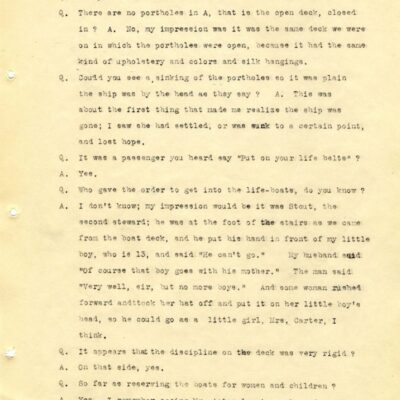
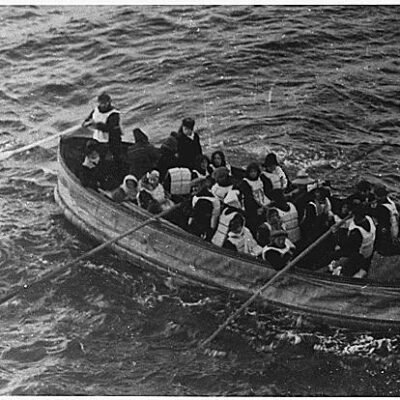
Titanic Disaster: White Star Line and Passenger Legal Documents
$19.90 Add to Cart -
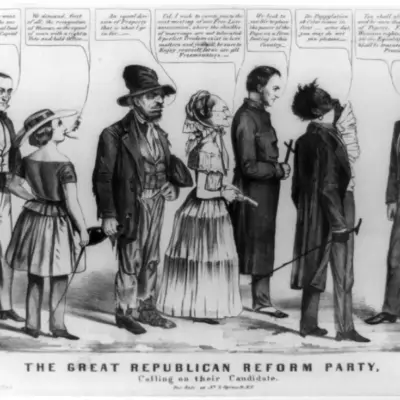
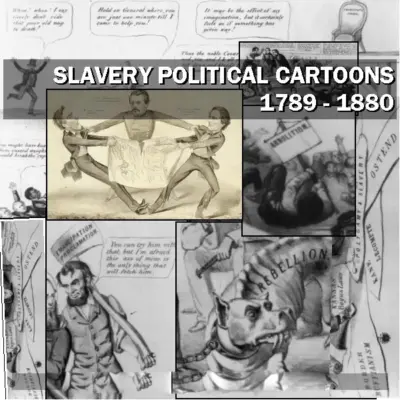
Slavery Political Cartoons: Cartoon Slavery 1789 – 1880
$19.50 Add to Cart -
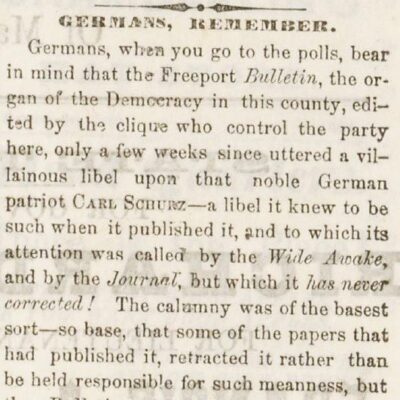

Abraham Lincoln Campaign Newspapers from 1860 to 1864
$19.50 Add to Cart -
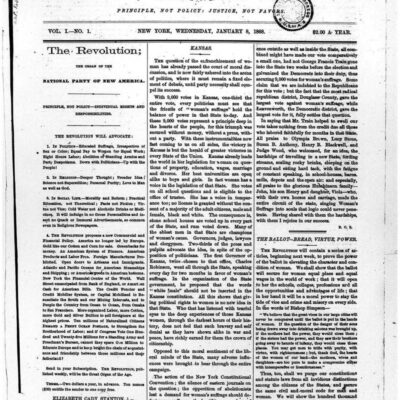
The Revolution Susan B Anthony Suffrage/Women’s Rights
$19.50 Add to Cart